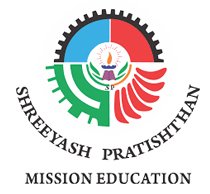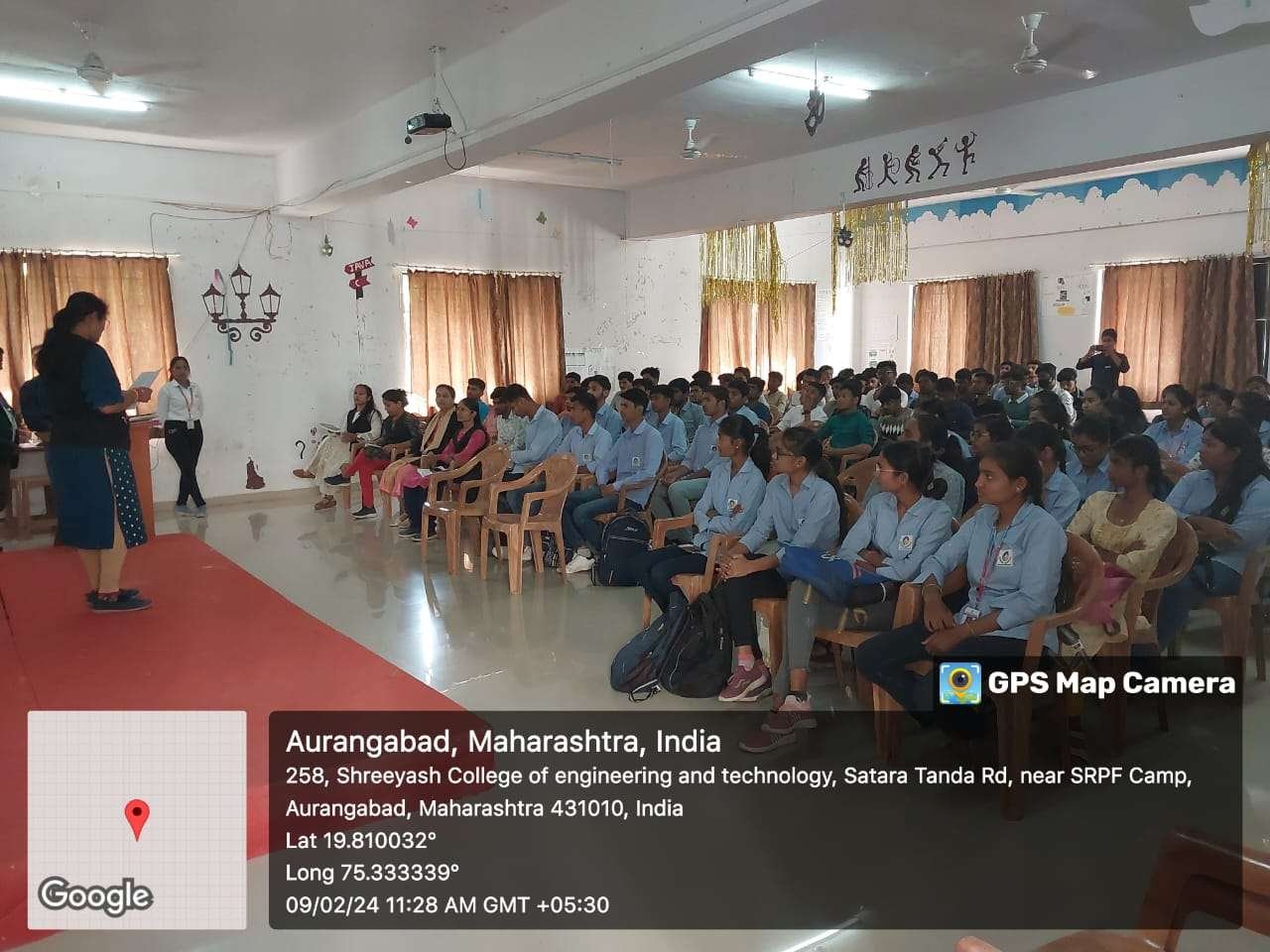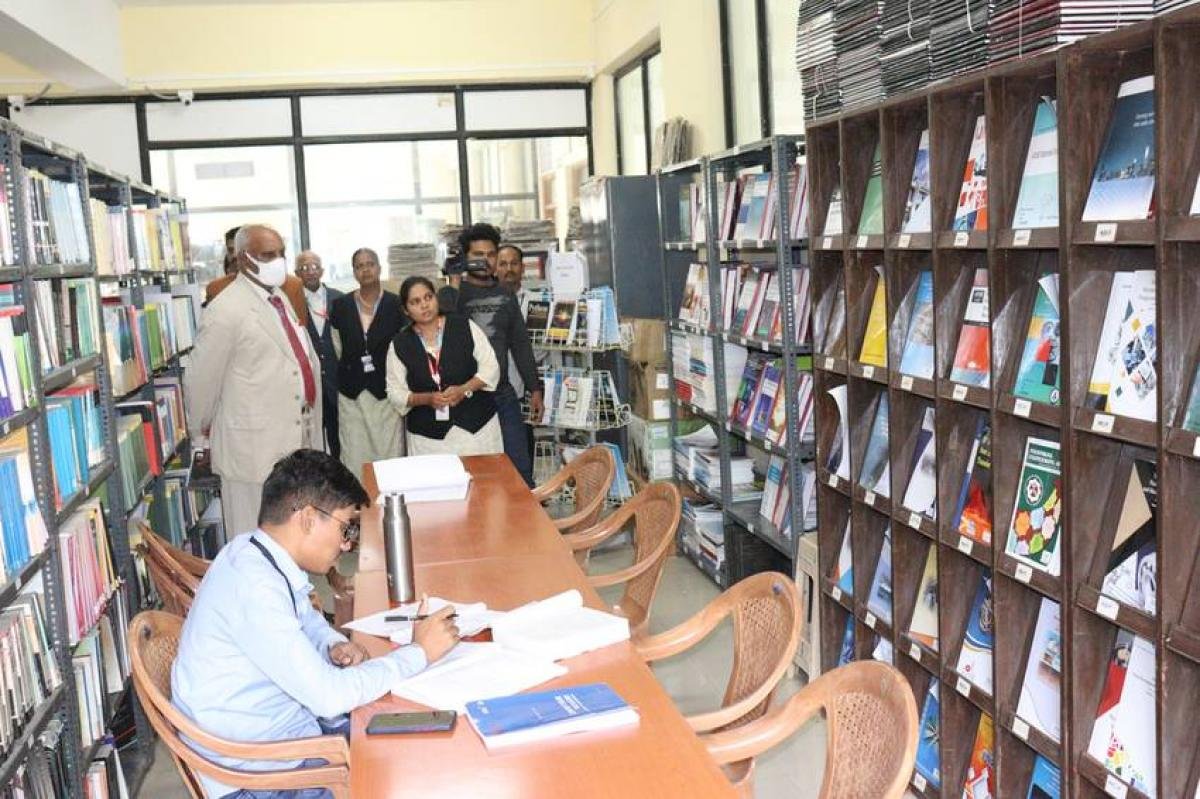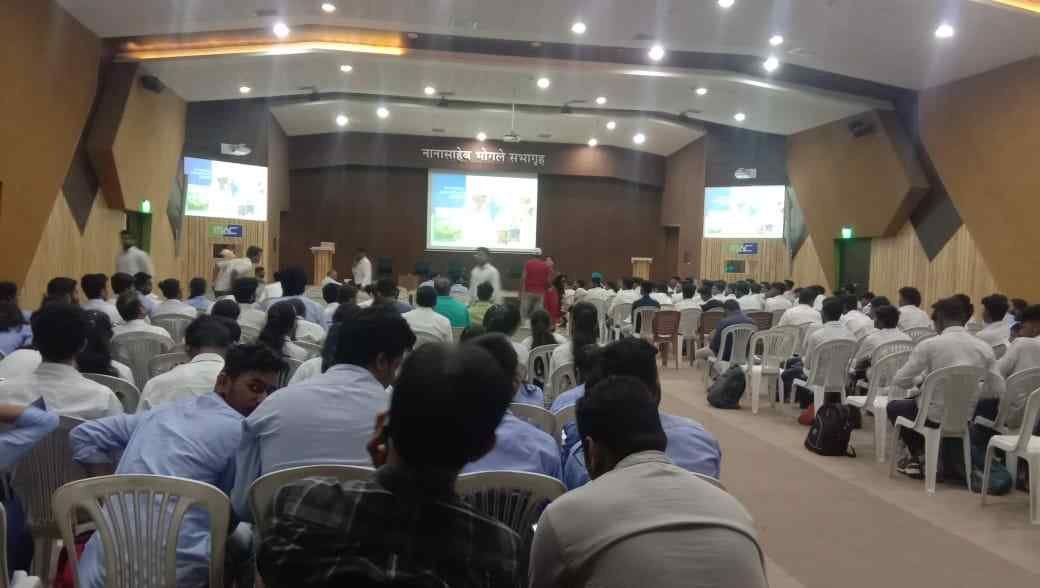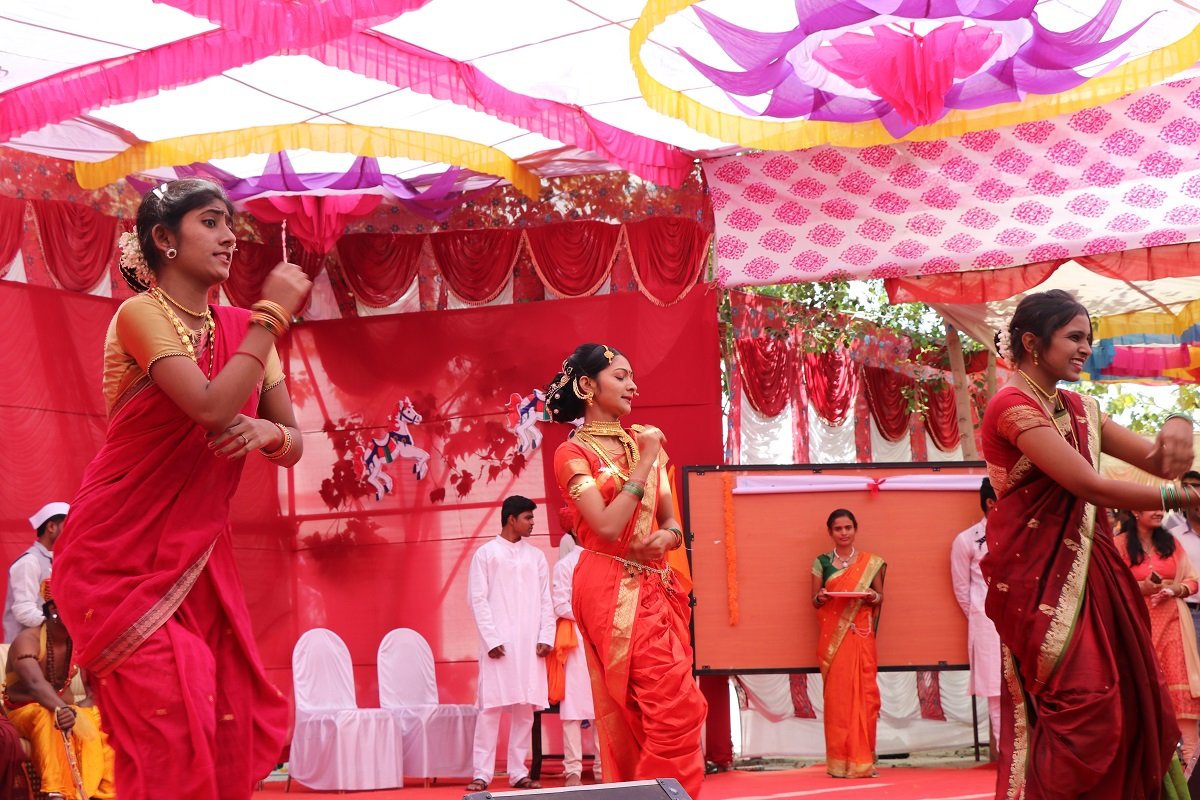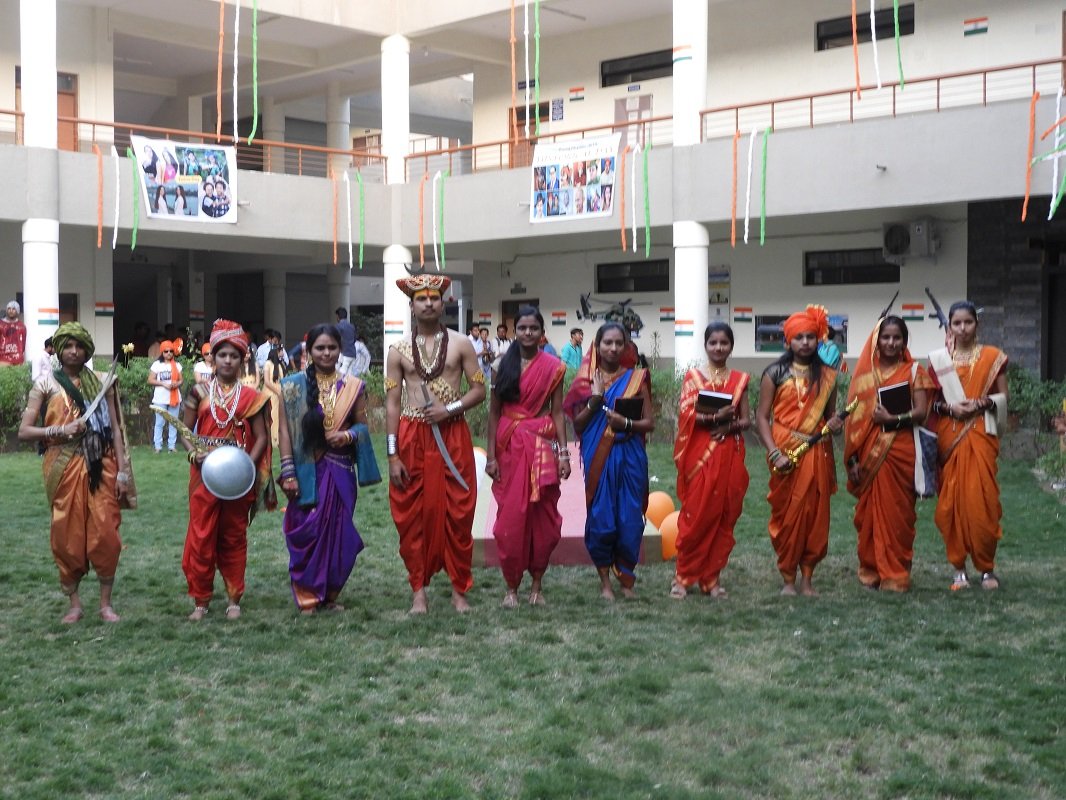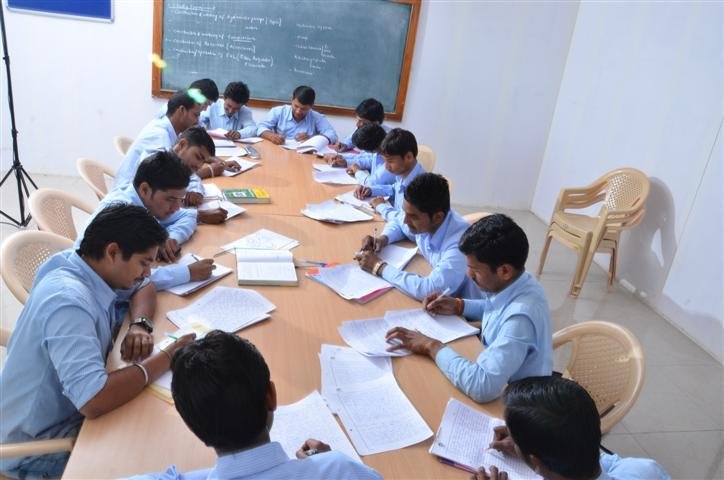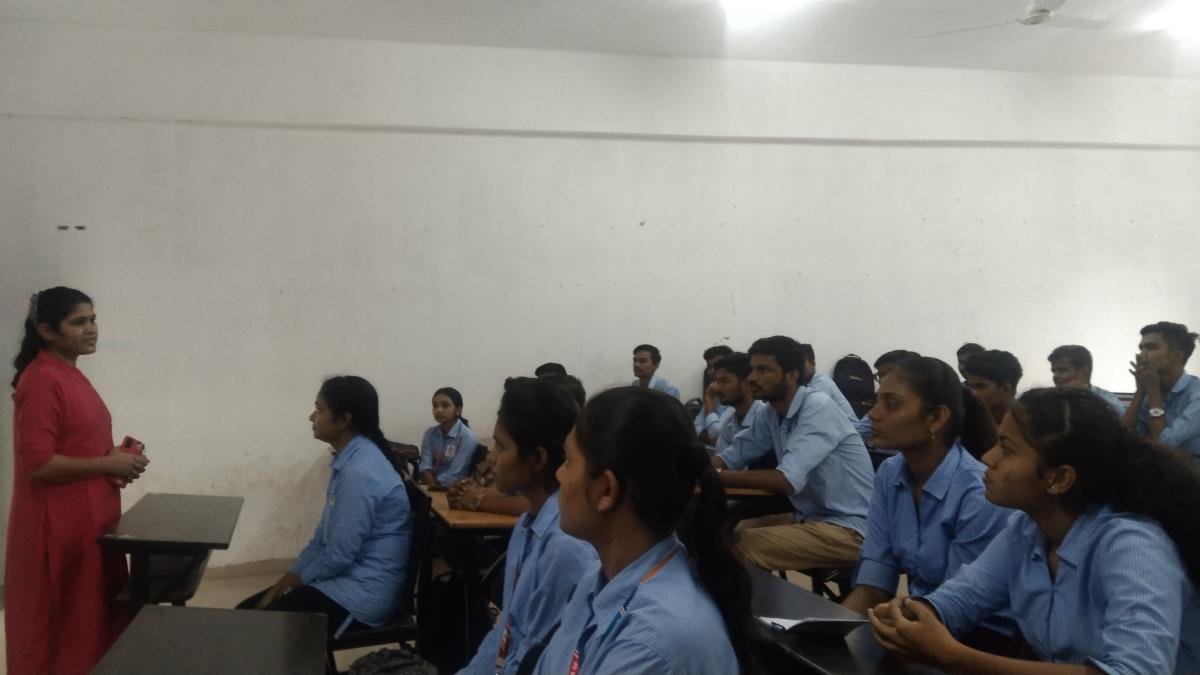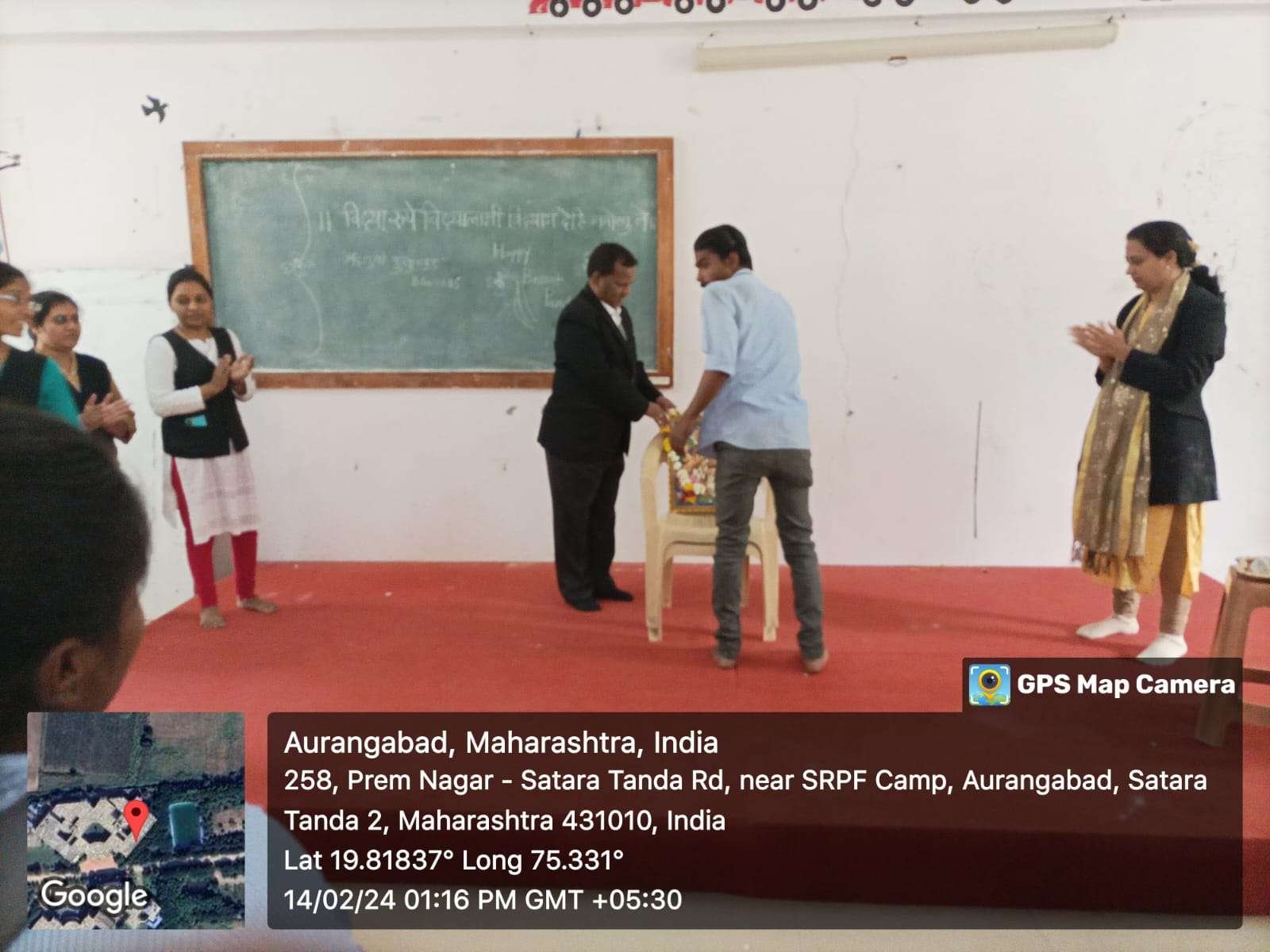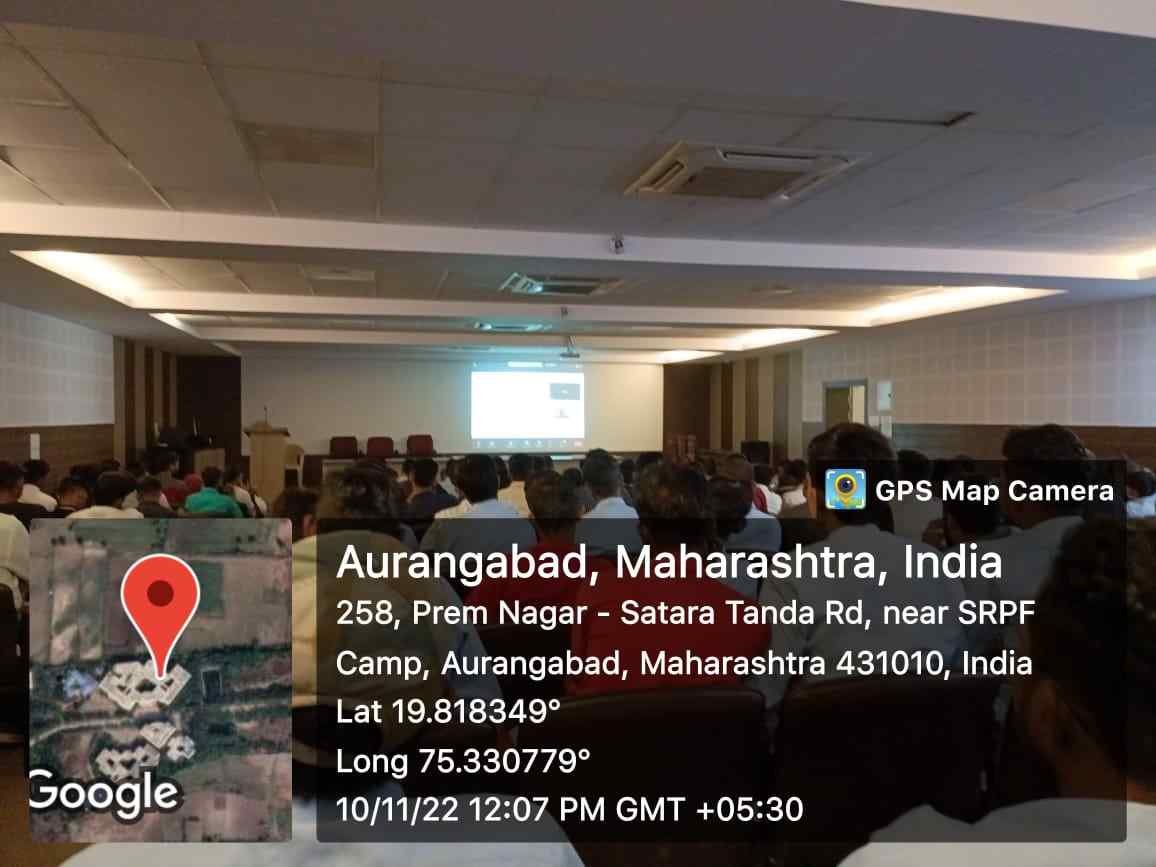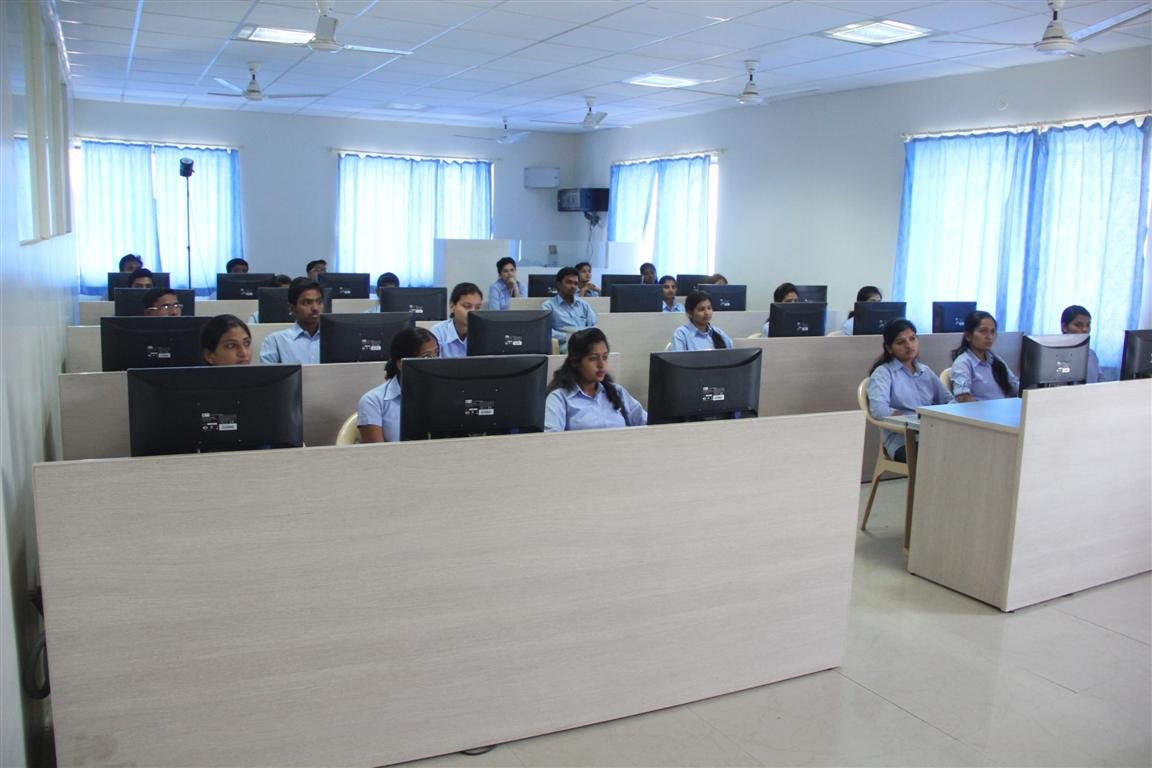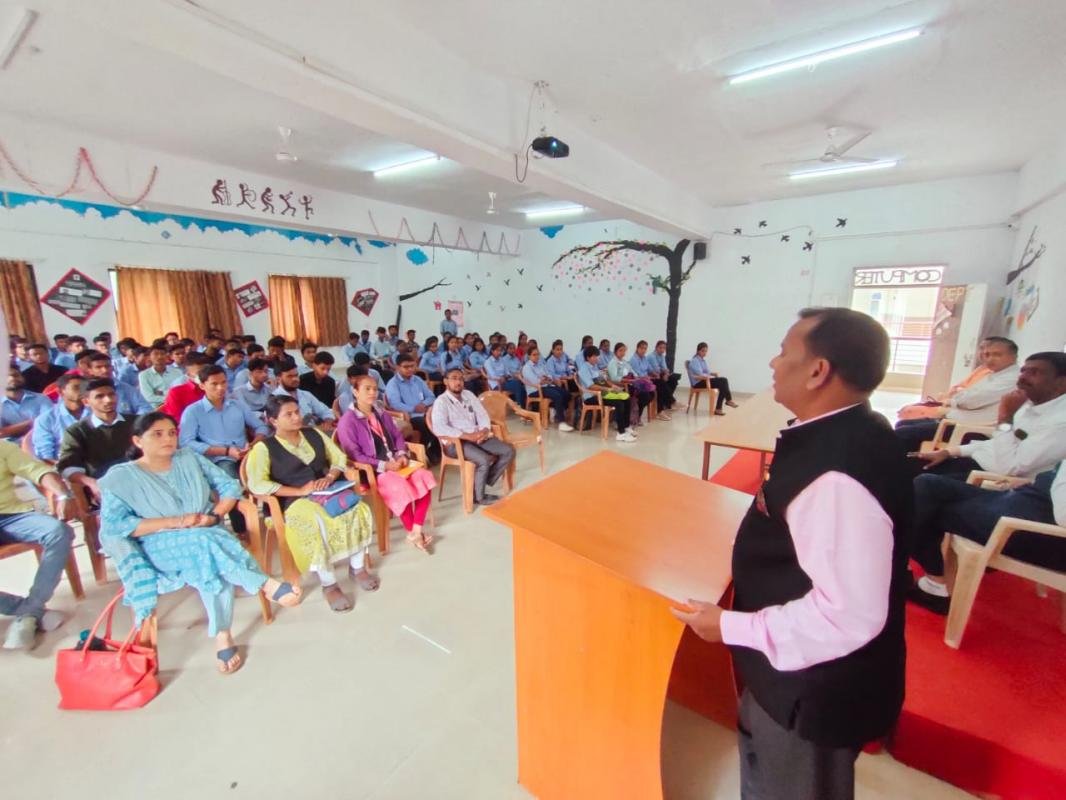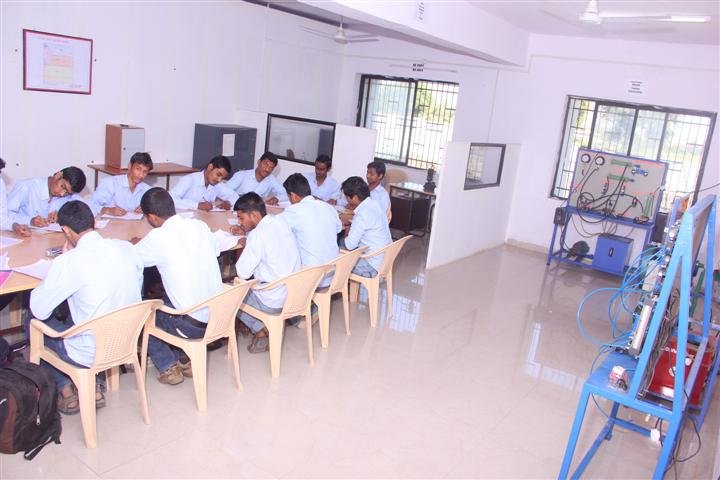- principal@sycet.org
- Gut No.258, Satara Parisar, Beed By Pass, Aurangabad, MH
Annoucement
Campus Activities

Yoga and Mediation
Derived from the Sanskrit word yuj, Yoga means union of the individual consciousness or soul with the Universal Consciousness or Spirit. Yoga is a 5000-year-old Indian body of knowledge. Though many think of yoga only as a physical exercise where people twist, turn, stretch, and breathe in the most complex ways, these are actually only the most superficial aspect of this profound science of unfolding the infinite potentials of the human mind and soul. The science of Yoga imbibes the complete essence of the Way of Life.
It is the emotional integration and spiritual elevation with a touch of mystic element, which gives you a glimpse of something beyond all imagination.”
History of Yoga
Yoga is more than 10,000 years old. The earliest mention of the contemplative tradition is found in the oldest surviving literature Rig Veda, in Nasadiya Sukta. It dates back to the Indus-Saraswati civilization. The Pashupati seal from the selfsame civilization shows a figure sitting in a yogic posture, further corroborating its prevalence in those ancient times. However, the earliest mention of the practices that later became part of yoga are found in the oldest Upanishad, Brihadaranyaka. The practice of Pranayama finds a mention in one of its hymn and Pratyahara in Chandogya Upanishad. The first appearance of the word “yoga” with the same meaning as we know today, perhaps happens for the first time in Kato Upanishad, a mukhya or important Upanishad, embedded in the last eight sections of the Katha school of Yajurveda. Yoga here is seen as a process of inner journey or ascent of consciousness.
The famous dialogue, Yoga Yajnavalkya, (found in Brihadaranyaka Upanishad), between Sage Yajnavalkya and the learned Brahmvadin Gargi mentions asanas, numerous breathing exercises for cleansing the body and meditation. Gargi has also spoken about Yogasanas in Chandogya Upanishad.
Vratya, a group of ascetics mentioned in the Atharvaveda, emphasized on bodily postures, which may have evolved into Yogasanas. Even Samhitas mention munis, kesins and vratyas, various ancient seers and sages who practiced rigorous physical deportments to meditate or do tapasya.
Yoga as a concept slowly emerged and has an elaborate mention in Bhagavad Gita and in Shanti Parva of Mahabharata.
There are more than 20 Upanishads and Yoga Vasishtha, which predate Mahabharata and Bhagavad Gita, where Yoga is stated to be the union of mind with the Supreme Consciousness.
Yoga is discussed in the ancient foundational Sutra of Hindu philosophy and is perhaps most elaborately mentioned in Patanjali Yogasutra. Patanjali defines yoga in his second sutra as:
योग: चित्त-वृत्ति निरोध: (yogaḥ citta-vṛtti-nirodhaḥ)
-Yoga Sutras 1.2
Patanjali’s writing also became the basis for Ashtanga Yoga. Many practices like five vows in Jainism and Yogachara of Buddhism have their root in Patanjali Yogasutras.
The Medieval Ages saw the development of Hatha Yoga.
Why Choose Shreeyash
Affordable Fee
Our fee structure is designed as per the needs and requirements of students to facilitate them in completing their programs without any financial constraints
Green,Safe Campus
Our Campus is Green, Clean, Safe and Eco Friendly.
ISO Certified & NAAC Accredited
Institute is Recognized by Government of Maharashtra.Certified by : ISO 9001:2015, NAAC Accredited.
Happy Students
To develop social relationships, resources and the educational environment, personal goal achieving and extra curricular activities.


Dedicated Staff
Our dedicated staff creating a more effective education environment
Quality Education
Quality Education-We provide The Best Learning Platform.
Campus Placement Drive
Campus recruitment drives are conducted by various companies for providing job opportunities to the students.

© Shreeyash College of Engineering & Technology, All Right Reserved.
Designed By Dept. of Computer Science & Engineering

